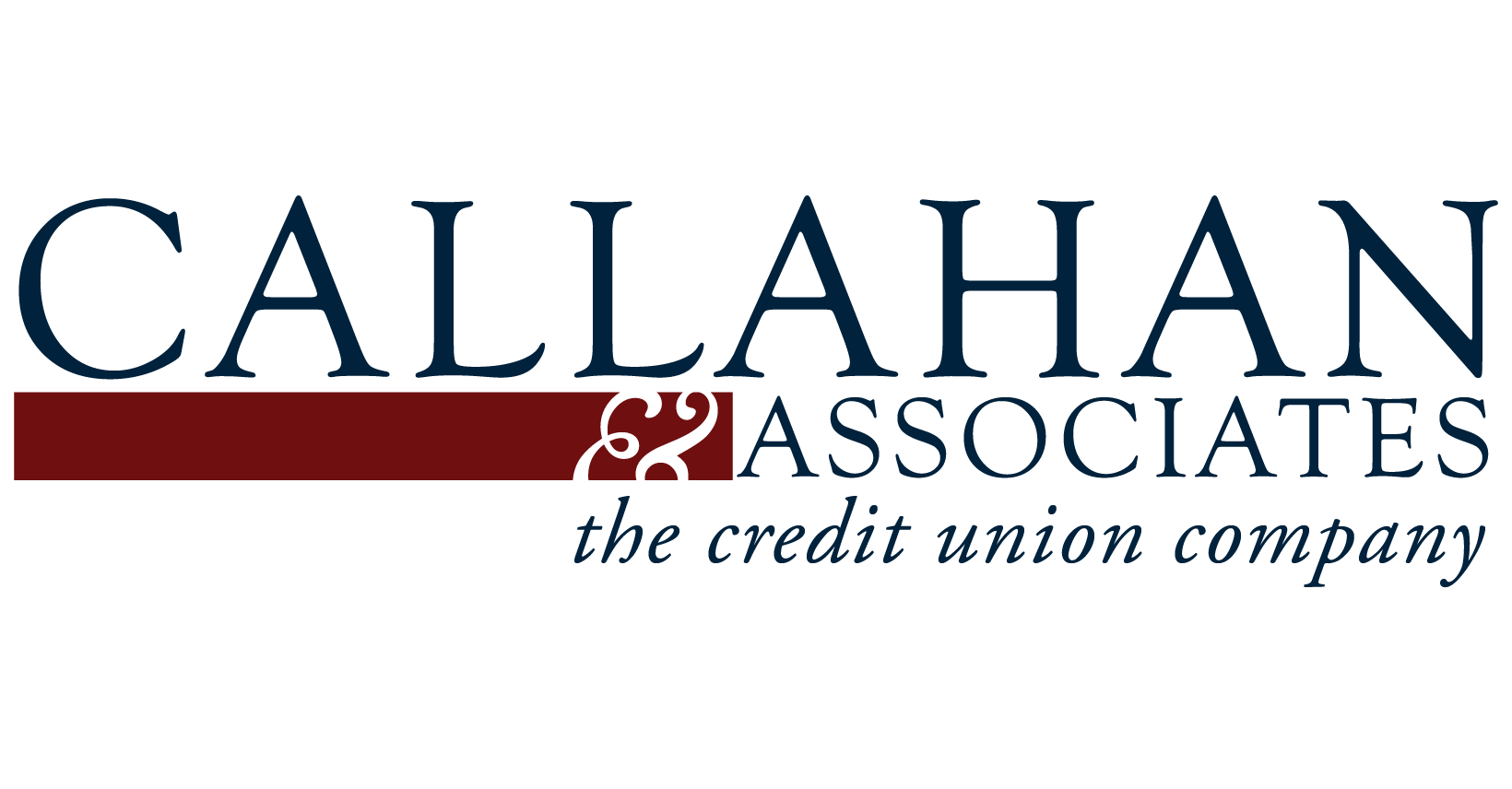In December 2017, the market expected the Federal Reserve to raise rates three times in 2018. The probability of a fourth hike stood at zero. That probability increased to nearly 25% by the end of the first quarter of 2018.
The Fed, now led by chair Jerome Powell, initiated the first hike in March. Basing its move on revised expectations for faster economic growth, higher inflation, and lower unemployment over the next several years, the Fed increased its benchmark federal funds rate by 25 basis points to a range of 1.50% to 1.75%. In June, it followed with another increase of 25 basis points to a range of 1.75% to 2.0%.
Historically, credit unions have repriced deposit and loan products to accommodate an increase in the federal funds rate. ContentMiddleAd
When the Fed raises interest rates by a percentage point, credit unions typically raise CD rates by 70 basis points, MMA rates by 35 basis points, and savings rates by 10 basis points, Steven Rick, chief economist with CUNA Mutual Group, told attendees gathered for the 2018 CUNA Financial Council meeting in April. That’s how the industry has priced over the past 30 years in three different rising rate environments.
If credit unions have started repricing, first quarter deposit inflows didn’t conclusively reflect that.
Across the industry, regular shares rose $26.4 billion year-over-year to $437.5 billion. Money market balances increased $7.1 billion to $266.6 billion. Share certificate accounts increased $13.4 billion to $217.8 billion. Those balances reflect annual growth rates of 6.5%, 2.8%, and 6.6%, respectively. Share certificates, the go-to product for credit unions looking to raise deposits and increase liquidity through special pricing, were the only savings product in the portfolio that accelerated faster in 2018 than in 2017.
12-MONTH GROWTH IN SAVINGS OUTSTANDING
FOR U.S. CREDIT UNIONS | DATA AS OF 03.31.18

Regular shares, the largest component in the share portfolio, accounted for 35.9% of total credit union deposits. That’s up from 32.0% five years ago. The second-largest component, money market shares, were down from 23.0% of the portfolio five years ago to 21.9% as of March 31. Share certificates were down from 21.7% five years ago to 17.9% as of the first quarter.
Although the average cost of funds has increased 10 basis points, to 0.68%, year-over-year after remaining relatively flat for two years, a closer analysis of interest rates, balances, and growth rates as of the first quarter of 2018 doesn’t specifically imply credit unions are repricing deposit products yet. But if the Fed continues to increase rates as projected throughout the year, product rates and by extension, credit union cost of funds may rise as well.


